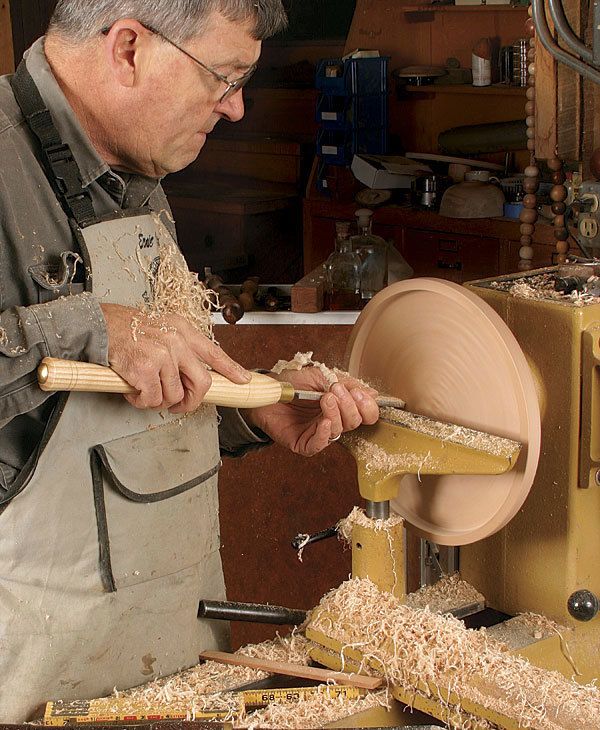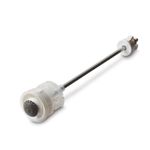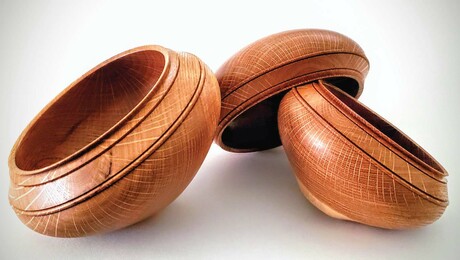Scrapers: The Turner’s Best Friend
Reach for this simple tool when others reach their limit
Synopsis: When you develop your turning techniques, don’t forget the scraper. With this highly useful tool in hand, even a novice can smooth the inside and outside curves of a bowl, turn a tabletop perfectly flat, and cut to the close tolerances needed for fitting a lid to a turned box. Because they cut with a burr, scrapers are more forgiving than gouges and chisels. Well-known wood turner Ernie Conover shows how to grind a scraper to the perfect angle and raise a burr for cutting. He demonstrates how to use a scraper on bowls and flat surfaces, and how to grind your own profiles for custom work such as undercutting, beads, and coves.
From Fine Woodworking #208
While much turning instruction is devoted to gouge and chisel technique, the scraper is given short shrift—some turners even think there is shame in scraping. This is a pity, because the lowly scraper is a highly useful tool that can get jobs done when gouges and chisels can’t.
In faceplate work, for example, it takes a lot of practice before you can fair a perfect curve with a bowl gouge. But even in the hands of a novice, a scraper can smooth both the interior and exterior surfaces of vessels. If fairing a perfect curve is hard, turning a tabletop perfectly flat with a bowl gouge is even harder. Here again, a simple scraper will leave a flat surface every time. Finally, a scraper is the only tool that can cut to the very close tolerances needed when fitting jam chucks or fitting the lid to a turned box.
Scrapers are inherently more forgiving than gouges and chisels because they cut differently. Spindle gouges will cut a bit more or less aggressively in harder and softer parts of a blank. Bowl gouges suffer greatly from this phenomenon, as there is a large difference in the tool’s ability to attack end-grain and face-grain areas as the bowl spins. In part, this is because the bevel of the gouge often rides against the surface being turned. On a scraper, the only point in contact with the wood is the burr doing the cutting, so in effect a scraper will machine wood to perfect concentricity. Also, because they are held at a downward angle, scrapers are far less prone to catching and marring the wood. In this article, I’ll share the mysteries of scraping and bust some of the myths.
All scrapers cut with a burr: To understand how a turning scraper works, examine the simple card scraper. After raising a burr by burnishing, you tilt the card scraper forward until the burr begins to cut. It leaves pronounced, wispy-thin shavings but does not remove much material with each pass, so it is easy to control. The downside is that scrapers dull quickly, for they have to be softer than other cutting tools to facilitate burnishing.
A turning scraper also uses a tiny burr to cut the wood and is angled forward (downward, actually, on the lathe) to cut successfully. However, there are notable differences with the card scraper: To thin the edge so that a burr can be more easily raised, a 15° relief angle is ground under the cutting edge. This increases its usefulness, particularly on the outside of bowls or at a shoulder in spindle turning. Another difference is that forming the burr on a turning scraper is mostly done with a grinder. About an 80-grit wheel does the task nicely; a good-sized adjustable tool rest on your grinder is a big help.
For the full article, download the PDF below:
Fine Woodworking Recommended Products

CrushGrind Pepper Mill Mechanism























Log in or create an account to post a comment.
Sign up Log in